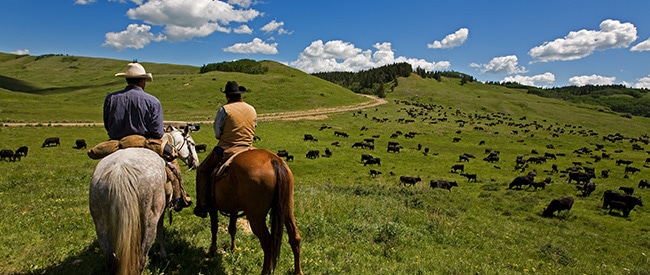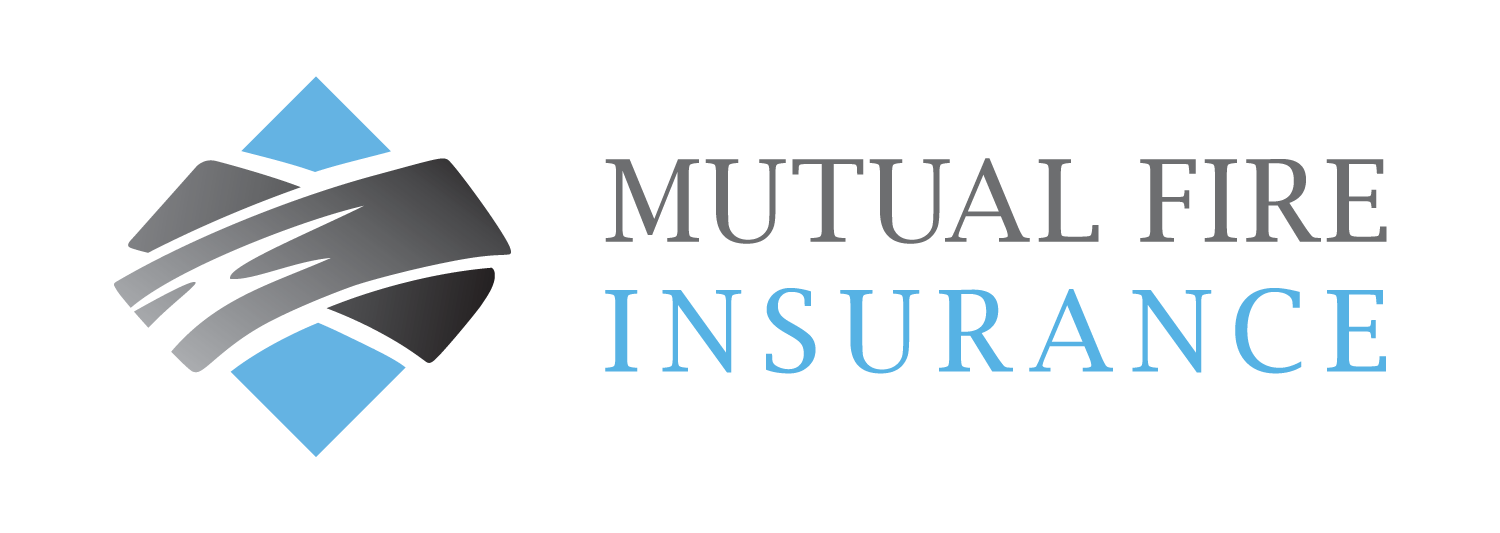Risk Management on the Farm: Ranch

Risk management on the farm helps protect everyone. This five-part series introduces various safety challenges on different types of farms, check out Part 1: Poultry; Part 2: Dairy; Part 4: Grain; and Part 5: Fruit and Berry.
Managing cattle, acres of land, fencing, and more present many different risks from other farm types. Those risks may not become apparent either, until you find yourself back grazing a pasture after several months. Add ranch risk management procedures to your farming process and see how it can benefit you!
Water
Planning for water throughout the herd’s grazing cycles on your land is necessary. Whether there are natural lakes or hand-made ponds, maintaining a clean water supply is essential. Consider the following for maintaining water sources:
- Ensure good drainage and flow of rainwater to hand-made ponds
- Check water for bacteria and algae, ensure any deceased wildlife is removed promptly
- Clean water sources daily, especially tubs and tanks to prevent insect breeding
- Maintain soil and water on your property, fence cattle out of streams to prevent contamination and erosion
Livestock
Raising happy, healthy cattle is the epitome of ranching. By adding procedures to protect cattle through ranch risk management you can improve yield and help protect farm workers.
- Where appropriate, add cattle guards to roadways to allow vehicles to pass and deter animals from crossing
- Know the signs of an agitated or aggressive animal and ensure you put your safety first when attempting to disengage that animal
Corrals and Fencing
There are kilometers upon kilometers of fencing on a ranch. Though it is quite a task to make sure your property is fully fenced, the benefits will outweigh the work.
- Walk fence lines on a regular basis to see if it has been damaged by wildlife or humans
- Keep basic fence repair equipment on hand either in trucks or ATV’s
- Set a maintenance plan to repair broken fencing and corrals
- Check cattle gates for any damage and ensure latches work effectively
- Place signage at regular intervals to advise of private property and discourage hunting or snowmobiling

Miscellaneous
Check out some of the following miscellaneous ranch risk management tips that may help improve herd health, grazing, land, and maintenance
- Regularly maintain ranch equipment and vehicles including ATVs. Document maintenance and repairs for all vehicles and equipment
- Disinfecting cattle equipment used on multiple animals and clean up after each use i.e. branding irons, ear tagging equipment
- Check expiration dates on all medications and other equipment including fly spray and supplements
- Mow areas where the grass isn’t grazed and remove weeds growing in the pasture. Trim weeds and trees along fence lines and buildings
- Plant cover crops on barren areas and reseed pastures as required
- Remove manure regularly from barns, trailers, and cattle chutes
- Store hazardous materials safely including gas, diesel, oil, and pesticides
- Regrade access roads and driveways i.e. a washed-out road makes it difficult to access cattle and potholes can frighten/stress cattle during transport
- Paint barns, fences, and equipment as needed
- Provide regular comprehensive training for all employees for all types of equipment and livestock

